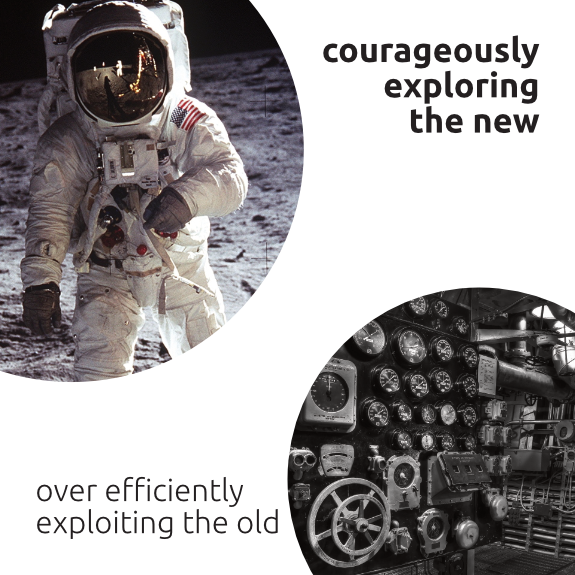Many companies that have been accustomed to success for years and decades feel that they have to reinvent themselves in the face of an ever faster changing and increasingly digital world. They want to become more innovative, faster and more agile. Unfortunately, one of our undisputed strengths stands in the way of this in Germany: our penchant for perfection. The credo of the start-up culture, “fail fast, fail cheap,” still has the bland aftertaste of sloppiness for German engineers and their managers. “gap size fixation” is what Sascha Lobo very aptly called this typical German perfectionism that once made us so successful, but now threatens to slow us down.
Gap size fixation reveals the measurable product advantage, but also the relentless essence of perfection: the absence of a failure culture. This has a disastrous effect in a time when society and technology are changing so rapidly.
Sascha Lobo
Our credo in engineering Germany is “first time right”. Errors are bad, failing is synonymous with disaster, and experiments are therefore carried out in a quiet little room until it is perfect. It was this penchant for perfection that led to the success of our Wirtschaftswunder after the Second World War. And yet, in this success of yesterday lies one of our problems of today. Perfection prevents a positive failure culture. So much so that it seems advisable to avoid the f‑word altogether and instead speak of a learning culture.

The path to a learning culture starts with leadership, because leadership has a decisive influence on what is appreciated, recognized, praised and promoted in the organization. This culture change must begin by putting learning — both in success and failure — in the foreground. Satya Nadella, as CEO of Microsoft responsible for a remarkable cultural change in recent years, referred to Carol Dwerck’s concept of the Growth Mindset and spoke of a learn-it-all culture instead of a know-it-all culture. It is precisely this culture of curiosity and learning that is the basis of any transformation of organizations towards more agility and adaptability.
Agility is essentially about short feedback cycles. Usable product versions are delivered at short intervals and the insights gained from these will then influence the next steps. Agility means learning from failed attempts on uncertain terrain. You have to be able to endure the fact that a product that is not perfect in all aspects by previous standards must be delivered in order to gain decisive insights into the needs of customers and the market.
And that is why the agile transformation cannot be a change project conceived by consultants and ordered by management, as much as some advocates of panaceas propagate. Agile transformation itself is a joint learning journey. And this journey can only succeed with the right learning culture.
Ever tried. Ever failed. No matter. Try again. Fail again. Fail better.
Samuel Beckett





